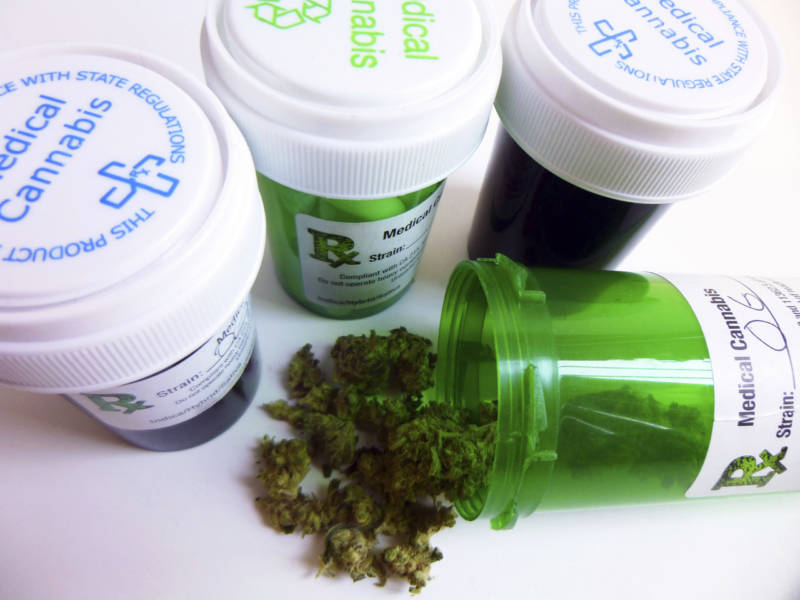San Francisco started working toward updating its regulations with a hearing before the Land Use and Transportation Committee earlier this month.
“We need to make sure that our regulations are keeping up with the reality of where medical cannabis is today,” said Supervisor Scott Wiener, who called for the hearing.
Currently, San Francisco has only one type of medical cannabis permit, for dispensaries. With the state soon to offer those 17 different types of licenses, the city will have to decide whether to allow or prohibit different marijuana enterprises such as cultivation, manufacturing and delivery.
Much of the discussion at the hearing focused on land use and where dispensaries may be located. One consideration is changing buffer zones around schools. Aaron Starr from the San Francisco Planning Department recommended reducing the current buffer zone from 1,000 feet around schools to 600 feet.
“San Francisco is a dense environment,” Starr said. He said that 1,000 feet from a school could be a completely different neighborhood. That generous buffer makes it difficult for new dispensaries to open in the city. Under current zoning regulations, many of the city’s 28 dispensaries are being clustered in the South of Market neighborhood.
Starr also recommended that the city should amend the planning code to align with the new license types surrounding cultivation and make clear how much cannabis can be grown -- and in which parts of the city.
The other major issue under discussion was taxation. Currently, dispensaries in San Francisco may only be nonprofit, but the new law will allow them to operate as for-profit businesses.
“The new law gives the city the opportunity to impose taxation on cultivation, production and dispensing,” said Cyndy Comerford, a manager in the planning and policy office of San Francisco’s Department of Public Health. Comerford did not have an estimate on how much revenue taxation could bring the city.
Comerford said the city’s next steps are twofold: participating with state agencies developing new regulations and crafting local legislation.
Meanwhile, Oakland is significantly ahead of its Bay Area neighbor in responding to the Medical Marijuana Regulation and Safety Act.
In May, the Oakland City Council updated the city’s medical cannabis ordinances to mirror the state law and make it possible for Oakland residents to apply for the necessary local permits. It also expanded the number of dispensaries that can operate in the city, allowing up to eight new dispensaries to open a year.
Oakland’s updated ordinance includes employment regulations geared toward Oakland residents. Under Oakland’s new laws, half of dispensary staff members must be Oakland residents -- and half of that group must live in high-unemployment areas. The ordinance also provides potential tax breaks and other incentives to dispensaries that hire Oakland residents who have been previously incarcerated.
Another twist in the new ordinance is an “equity” requirement. Fifty percent of new Oakland dispensaries will be eligible for a license in the Dispensary Equity Permit Program. Under the program, applicants must have at least one member who:
- has lived in Oakland for at least two years in one of six police beats that have been most affected by cannabis-related crime
- has been incarcerated for a cannabis-related offense in the past 10 years
- has at least a 50 percent ownership share in the dispensary
These stipulations are aimed at rewarding low income and previously incarcerated communities. While the new rules were unanimously approved by the Oakland City Council in May, they have not been universally endorsed and continue to be the subject of debate.
“There’s been a lot of back and forth,” said Joe DeVries, assistant to the city administrator and a staff member on the city’s Cannabis Regulation Commission. DeVries said the bigger focus right now is getting applications out under the current ordinance.
The commission is slated to further discuss the equity provisions at its meeting Thursday evening.
